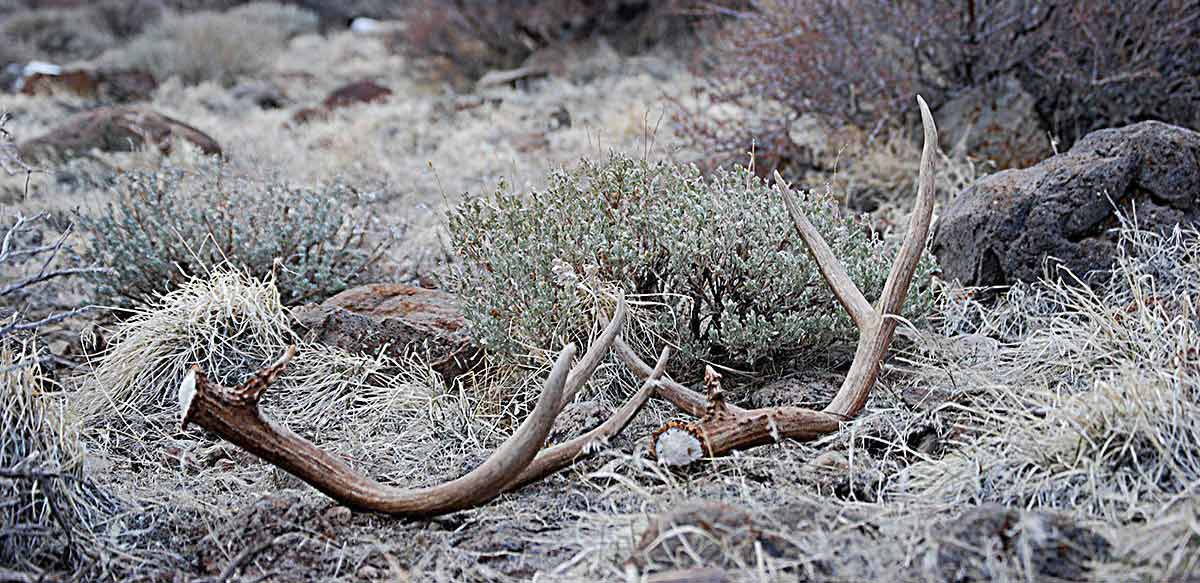Shed hunters know that after the winter solstice, when testosterone is at its low ebb in elk and other cervids and days are inching incrementally longer, every member of North America’s deer family is preparing to cast its antlers. This cyclical replacement is unique in the animal kingdom, and the exact timing of antler shedding is, well…complicated.
The antler cycle is dependent on endocrine and neural control, as well as the size, age, and health of the animal.
Moose are the first to drop the weight. They cast their antlers, which can weigh 40 pounds apiece, beginning in late November and lasting through late December. Mule and white-tailed deer start dropping their antlers in mid-December, but some don’t shed until early April.
The shedding season for elk comes later than the rest, ranging from January through April, depending on when testosterone levels drop. The great majority of elk will lose their racks in March, just in time to grow another pair.
On rare occasion, bulls carry full racks up to six months after the average casting cycle, dropping their antlers much later—or not at all. This is usually a side effect from injury or irregular hormone levels.
Injury to growing antlers encased in velvet can cause reoccurring antler deformities for the life of the animal. Trauma to the body can also cause deformities. In an odd phenomenon called systematic influence, such injuries often translate to antler anomalies on the opposite side of the body. Because of this, bull elk are known to tread carefully when moving through overgrown and forested areas while in velvet.
Elk aren’t the only ungulates with strange antler anomalies though. An example of a deformation most often seen in deer is a “cactus buck,” an older buck with low levels of testosterone that doesn’t shed its antlers at all. A new set will often attempt to grow on top of the old, resembling a cactus. Another deformity occasionally seen are “rubber antlers” made up of more cartilage than bone, which rarely lose their velvet and can bend like rubber when wet.
Whether you are out searching for perfect symmetry or a quirky nontypical, the key to antler hunting is to know your quarry. The more in tune you are with the antler cycle of your local herd and their preferred range from late February through early April, the better your chances of finding a trophy shed.
